South African Mint

 Producer of the best-selling South African Krugerrand coins
Producer of the best-selling South African Krugerrand coins
The South African Mint is the official mint of the Republic of South Africa and is wholly owned by the South African Reserve Bank. It produces the country's circulation and commemorative coins. In addition to that, the mint also produces coins exclusively for international markets. Furthermore, it supplies coin blanks to other mints in many countries throughout the world. Internationally, the South African Mint is mainly known for its production of the Krugerrand gold coins that are still the world's most actively traded gold bullion coins. The mint produces all proof Krugerrands on its own. The brilliant unciculated bullion version of the Gold Krugerrand is manufactured jointly with the Rand Refinery however.
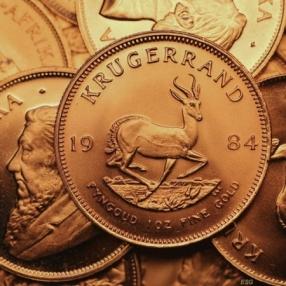
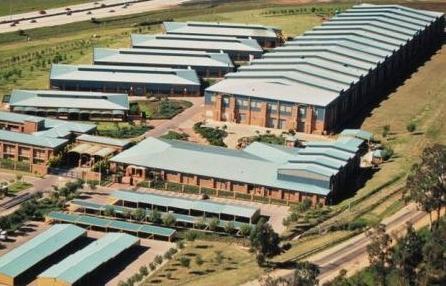
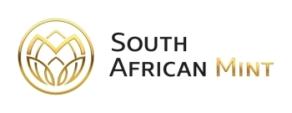
Minting Facilities
The current place of production of the South African Mint is located at Old Johannesburg Road | Gateway in the city of Centurion (Gauteng province near Pretoria) since October 1992. Until then, mintage had taken place at the country's historic mint on 103 Visagie Street in Pretoria.
The production facilities at Centurion have a public section (and shop) that can be visited but a visit of the attached museum requires pre-booking. The visiting hours are: Monday 1 pm - 4 pm, Tuesday to Friday 9 am - 4 pm, Saturday to Sunday and public holidays 10 am - 2 pm. The shop and museum that together make up the Coin World in Centurion are located right next to the coin factory. During a visit, a guide will show you through the museum where you can admire a display of South African coins, old working minting machinery like the 1891 "Oom Paul" minting press (one of the world’s oldest working mint presses) as well as various artworks and antique furniture. You can even strike your own proof coin on the "Oom Paul" minting press!
History
The first coin that can be regarded as South African (known as the Cape Guilder or Ship Guilder) was actually minted in the Netherlands in 1802. However, various coins from various countries were in simultaneous circulation in South Africa until 1848. From that time on, only British coins were in circulation (minted in Britain, which occupied South Africa from 1795 - 1803 and 1806 - 1923). According to different accounts, either 530 or 986 gold "field pounds (Veldpond)" were produced at a field mint at Pilgrim's Rest near the end of the Anglo Boer War in 1902, making them very valuable for collectors today.
South Africa's first State Mint and Bank opened on 6 July 1892 in Pretoria. It closed in 1900 and it took until 1923 before South Africa got another official minting facility, the Royal Mint Pretoria. The South African government took over the Royal Mint in 1941. An upgraded facility at the same site went into operation on 22nd November 1978.
Privatisation followed on 1 September 1988 with the South African Mint Company (Pty) Ltd being established as a subsidiary of the South African Reserve Bank. Increased demand for coinage combined with the impossibility of further expansion resulted in the relocation of the South African Mint to the city of Centurion in Gauteng province in 1992.
The South African Gold Krugerrand is the most popular gold bullion coin of the South African Mint. It was introduced in 1967 and once made up 90% of the world's gold coin market. The likeness of South Africa's first president Paul Kruger that appears on the Krugerrand coins actually appeared on two other South African gold coins as far back as 1892. These were the Kruger Pond (minted from 1892 - 1900) and Half-Pond (minted from 1892 - 1897) coins. Furthermore, the South African Mint produced 1 and 2 Rand gold coins from 1961 to 1983.
The South African Mint's Gold Bullion Coins
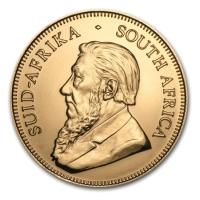
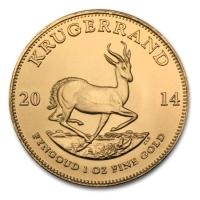
South African Gold Krugerrands
The South African Gold Krugerrand coins dominated the world's gold coin market for a long time and are still the most traded gold bullion coins in the world. The coins are so named because a portrait of Paul Kruger, the 5th president of the South African Republic from 1883 until 1900, appears on their obverse side. They are minted by the South African Mint out of 91.67% pure gold since 1967. Gold Krugerrands are legal tender in South Africa even though there is no face value imprinted on them. The coins are offered with brilliant uncirculated and proof finishes in the four denominations of 1 oz, 1/2 oz, 1/4 oz and 1/10 oz.
The South African Gold Krugerrand page gives more information about the coins and allows you to compare current prices.
Gold Coins that were once produced
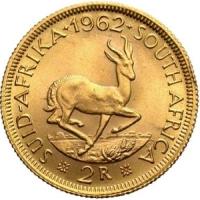
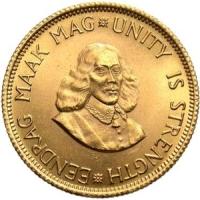
South African Rand Gold Coins
The SA Mint produced South African Rand gold coins in the denominations of 1 Rand and 2 Rand between 1961 and 1983. They are available as almost uncirculated, brilliant uncirculated and proof coins. The 1 and 2 South African Gold Rand contain 91.67% gold with respective actual fine gold weights of 0.1177 oz and 0.2354 oz. The obverse side of the coins shows a portrait of the former Dutch commander of the Cape Jan van Riebeeck. South Africa's springbok antelope can be seen on the reverse. The coins were eventually replaced by the fractional 1/10 oz and 1/4 oz Gold Krugerrand coins that also bear the iconic springbok design on their reverse.
The South African Gold Rand page gives more information about the coins and allows you to compare current prices.
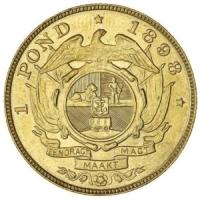
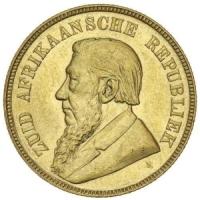
South African Kruger Ponds
The 91.67% pure South African Kruger Ponds were minted in two denominations, the Kruger Pond (0.2352 oz) and the Half-Pond (0.1177 oz). The Kruger Pond is the larger of the two coins with a diameter of 22 mm and 1.56 mm in thickness. Altogether, more than 2.2 million Kruger Pond gold coins were minted by the South African Boers between 1892 and 1900. The Half-Ponds (diameter: 19.4 mm; thickness: 1.55 mm) were minted from 1892 to 1897. Their total mintage was substantially lower with only 362,982 coins. Both the Pond and the Half-Pond display Otto Schultz' portrait of the first South African President Paul Kruger on the obverse. That same portrait is still used on the famous Gold Krugerrand coins today. The reverse side of the coins shows the coat of arms of the South African Republic.
Read our blog article for more information about these coins.
Other Precious Metal Bullion Coins
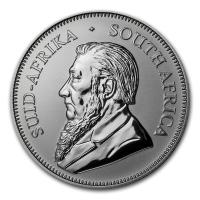
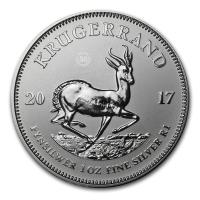
South African Silver Krugerrands
The South African Mint started issuing Krugerrand coins out of silver in 2017. These new silver bullion coins are 99.9% pure. Only premium uncirculated (with laser-etched designs) and proof 1 oz coins were offered that year and their mintage was capped at 1,000,000 and 15,000 pieces respectively. A brilliant uncirculated bullion version of the 1 oz coins is issued annually since 2018 and a 2 oz proof version was introduced in 2020. The South African Silver Krugerrands display the same design of Paul Kruger (obverse) and a springbok (reverse) as the best-selling Gold Krugerrands (which still are the most traded gold bullion coins worldwide). The silver version of the coins is a little bigger though, having a slightly larger diameter than the gold coins. A special "50 year anniversary" privy mark appeared on the reverse side of the 2017 issue of the coins. The 1 oz South African Silver Krugerrand coins have an official face value of 1 Rand whereas the gold version of the coins doesn't have an official face value.
The South African Silver Krugerrand page gives more information about the coins and allows you to compare current prices.
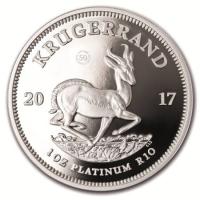
South African Platinum Krugerrands
The South African Mint started producing Krugerrand coins out of platinum in 2017. The coins are 99.99% pure whereas most other platinum bullion coins are 'only' 99.95% pure. Only 1 oz proof coins are issued for now that are comparable in their dimensions to the 1 oz Gold Krugerrands. Mintage is capped at 1,967 pieces in order to commemorate the 50th anniversary of the Krugerrand coins that were first issued in 1967. Just like the silver version of the coins, Platinum Krugerrands have an official face value (10 Rand) which the gold coins do not have. The design of both sides is identical to the gold and silver coins and shows Paul Kruger's portrait on the obverse and a springbok on the reverse. The 50th anniversary privy mark appears on the reverse as well.